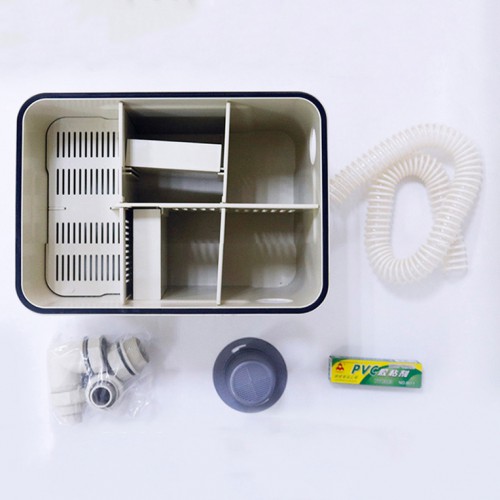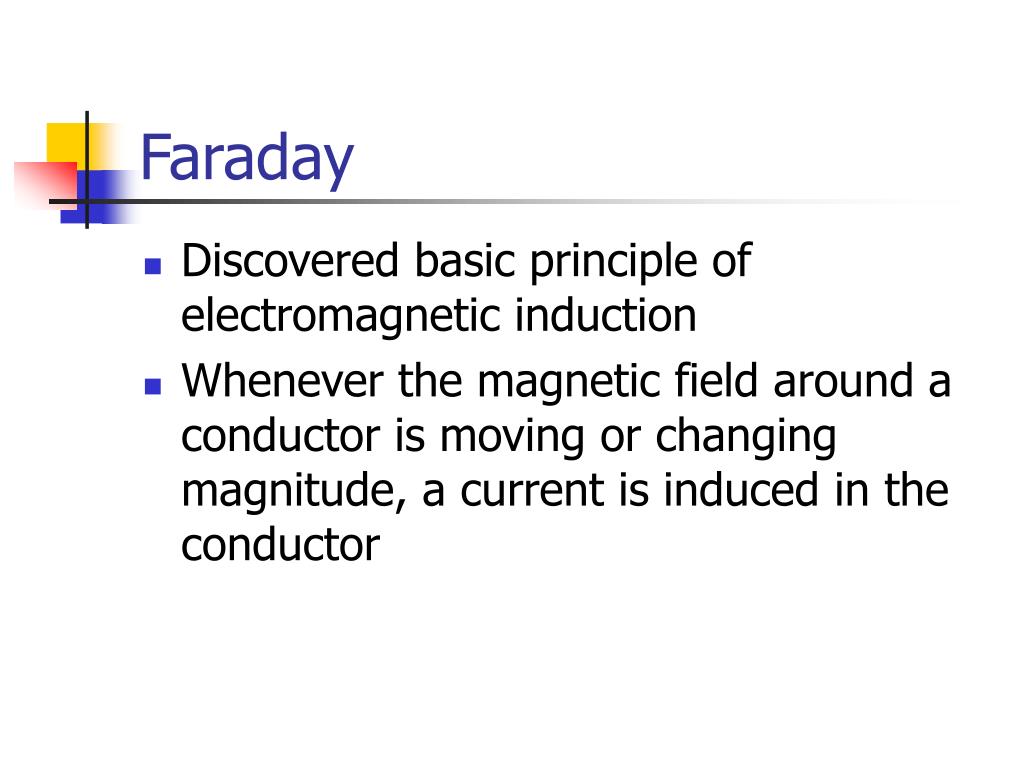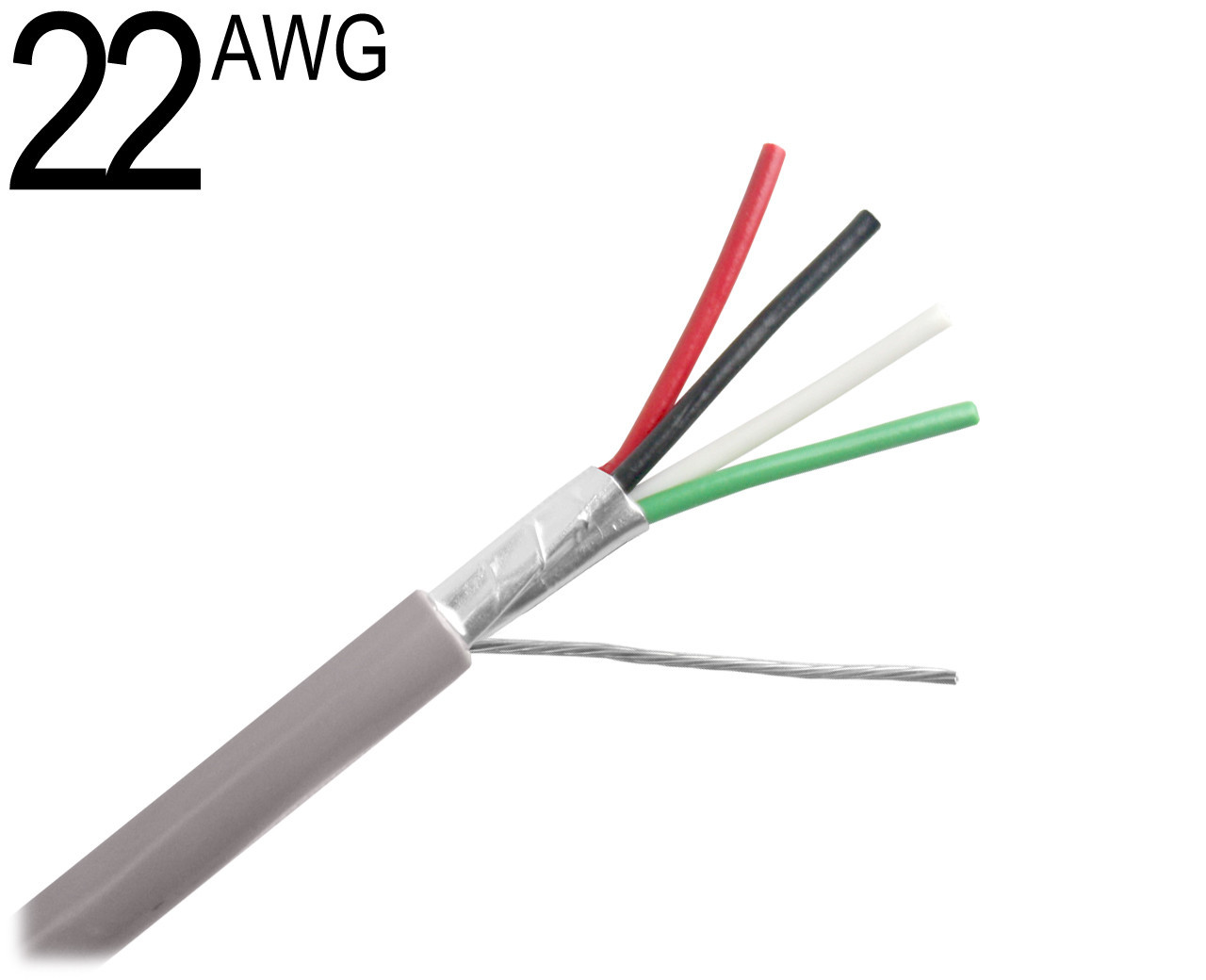
- Plaster rings to increase number of conductors code#
- Plaster rings to increase number of conductors free#
When counting conductor volumes, calculate each one per Table 314.16(B). This will give you the total volume of the conductors, devices, and fittings. Size conduit bodies per 314.16(C) and handhole enclosures per 314.30(A). The volume of the box as calculated in 314.16(A) must not be less than the volume requirement calculated in 314.16(B).

Plaster rings to increase number of conductors free#
If boxes contain 6 AWG and smaller conductors, size them per 314.16 to provide sufficient free space for their contents. That includes plaster rings, extension rings, and domed covers that are either marked with their volume in cubic inches (cu in.) or made from boxes listed in Table 314.16(A). The volume of a box includes the total volume of its assembled parts. Conductors, splices, and terminations installed inside handhole enclosures must be listed as suitable for wet locations. Parts installed in damp or wet locations must be listed for such locations. Installationīoxes and conduit bodies in damp or wet locations must prevent moisture from entering or accumulating within the enclosure. įor this same reason, metal boxes must be connected to an equipment grounding conductor of a type listed in 250.118, if the circuit they enclose operates at 50V or more. This rule is essential in order to maintain the electrical continuity of the effective ground-fault current path required for metallic cables and raceways. However, to use them with metallic cables and raceways, an internal bonding means must be provided between all metal parts. These rules can seem arbitrary, but there really is logic behind them.įor example, nonmetallic boxes can be used with nonmetallic cables and raceways. (3) Finger safe devices shall be permitted for supplying and connection of devices.Article 314 contains installation requirements for outlet and pull boxes, junction boxes, conduit bodies, and handhole enclosures. (2) Listed pigtail-type lampholders shall be permitted to be installed in ceiling-mounted junction boxes with plaster rings.

(1) A box cover shall not be required for splices installed completely inside of junction boxes with plaster rings. 2: On construction sites, branch-circuits that are permanently installed in framed walls and ceilings and are used to supply temporary power or lighting, and that are GFCI protected, the following shall be permitted:

(2) The circuit conductors being spliced are all from metal-sheathed cable assemblies terminated in listed fittings that mechanically secure the cable sheath to maintain effective electrical continuity.Įxception No. (1) The circuit conductors being spliced are all from nonmetallic multiconductor cord or cable assemblies, provided that the equipment grounding continuity is maintained with or without the box. 1: On construction sites, a box, conduit body, or other enclosure shall not be required for either of the following conditions: A box, conduit body, or other enclosure, with a cover installed, shall be required for all splices.Įxception No. Once there, click on their link to free access to the 2020 NEC edition of NFPA 70.ĥ90.4(G) Splices.
Plaster rings to increase number of conductors code#
See the actual NEC text at NFPA.ORG for the complete code section. If a touch-safe pigtail such as snap-in switches and receptacles are to be used, the new language will allow a box containing live conductors spliced to a finger-safe device to go without a cover plate during construction.Įverything in the new exception revolves around branch-circuits that are permanently installed in framed walls and ceilings and are used to supply temporary power or lighting, and that are GFCI protected.īelow is a preview of the NEC. Part of the new language allows certain boxes containing splices to be without a cover which makes easier for both the electrician and the painter who seem to fight back and forth to cover and uncover the boxes during the painting process. This will allow permanently installed ceiling boxes to have listed pigtail-type lampholders installed temporarily for lighting until permanent fixtures are installed. In the 2020 NEC, language was added to allow the permanently installed wiring and boxes behind wall and ceiling finishes to be used to provide construction power and lighting as long as certain conditions are met. Then there is a waiting game involving the inspector and the power company until permanent power is approved and energized.

In the 2020 NEC, temporary construction power and lighting will be given special treatment when it comes to open boxes containing live splices and using permanently installed wiring methods recessed behind wall and ceiling finishes.Īs sheetrock ceilings go up, temporary construction lighting in the rafters must come down, leaving the work area in the dark while tripod lights are brought in. Code Change Summary: New exception 2 provides special allowances when installing temporary power or lighting on construction sites.


 0 kommentar(er)
0 kommentar(er)
